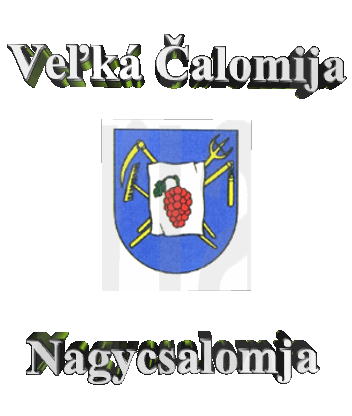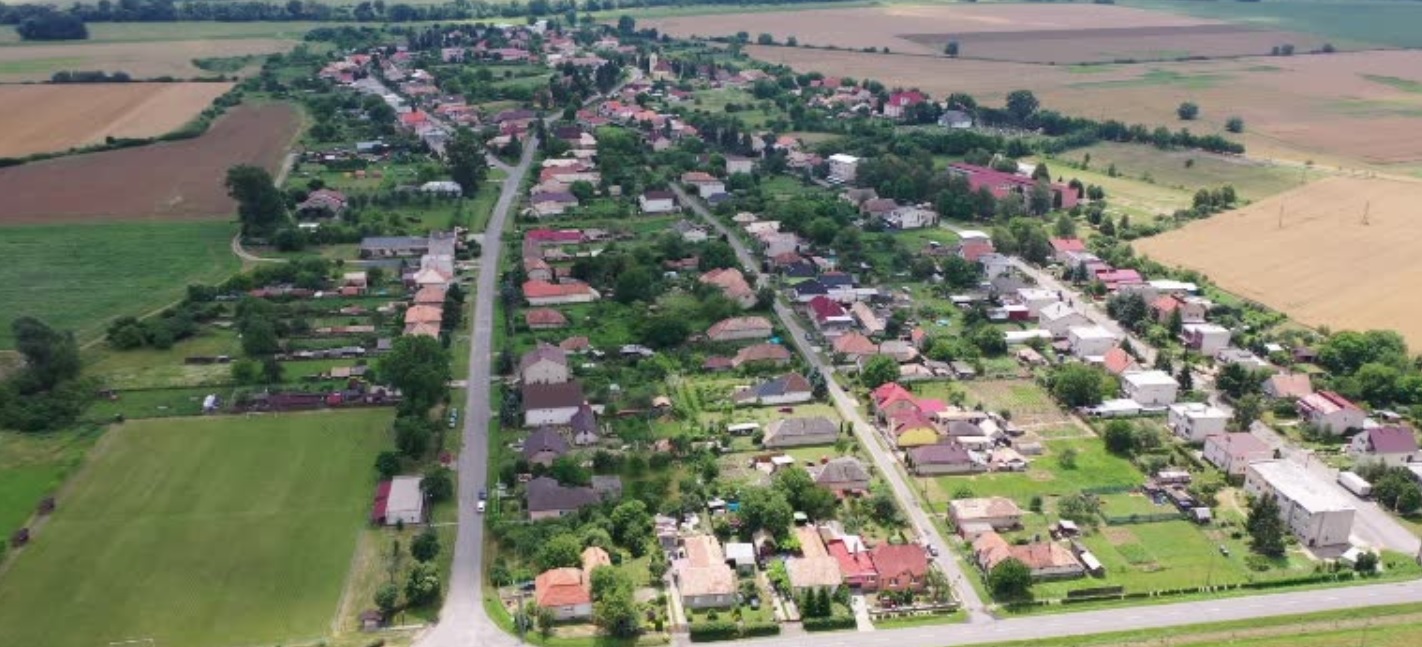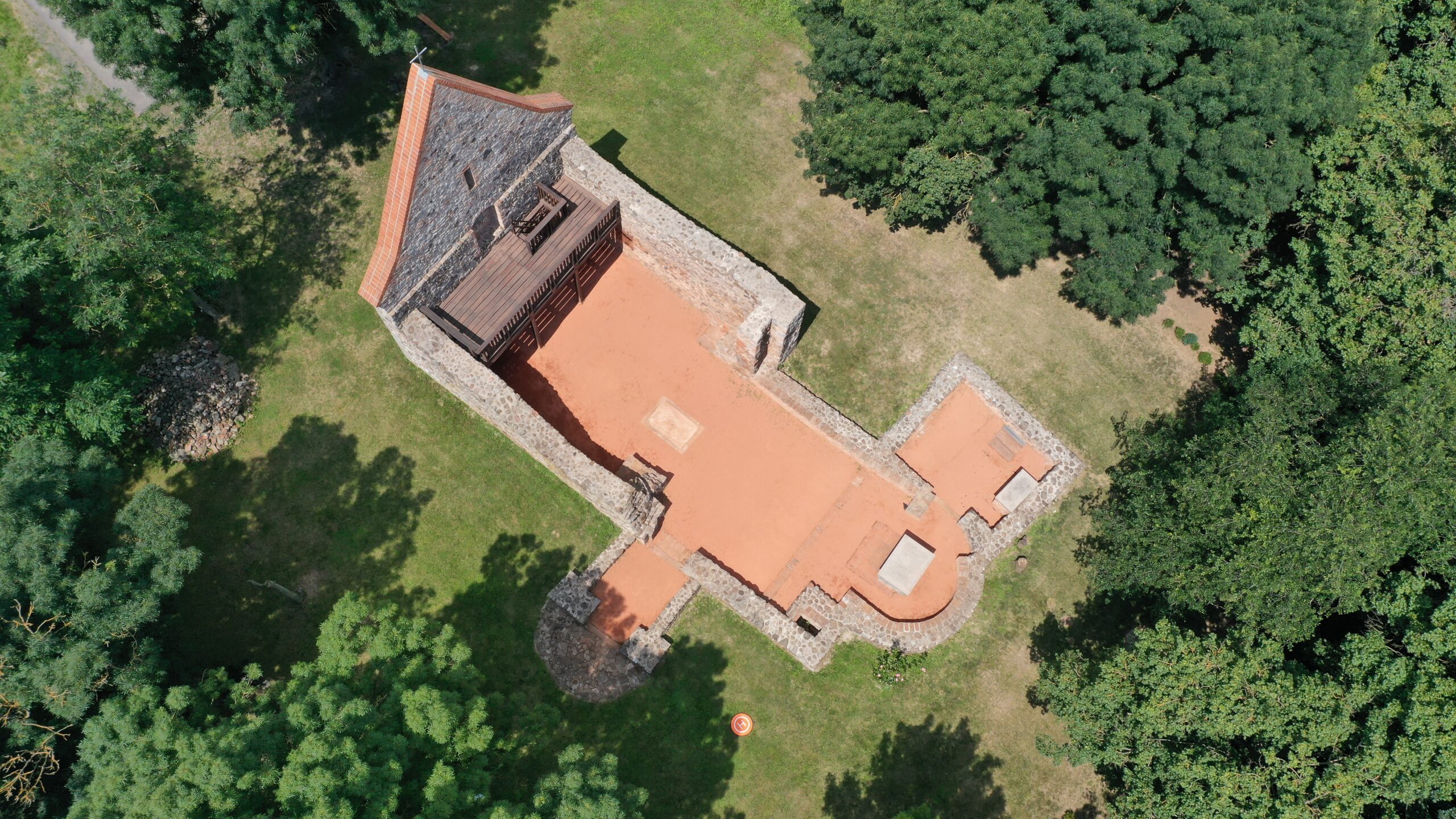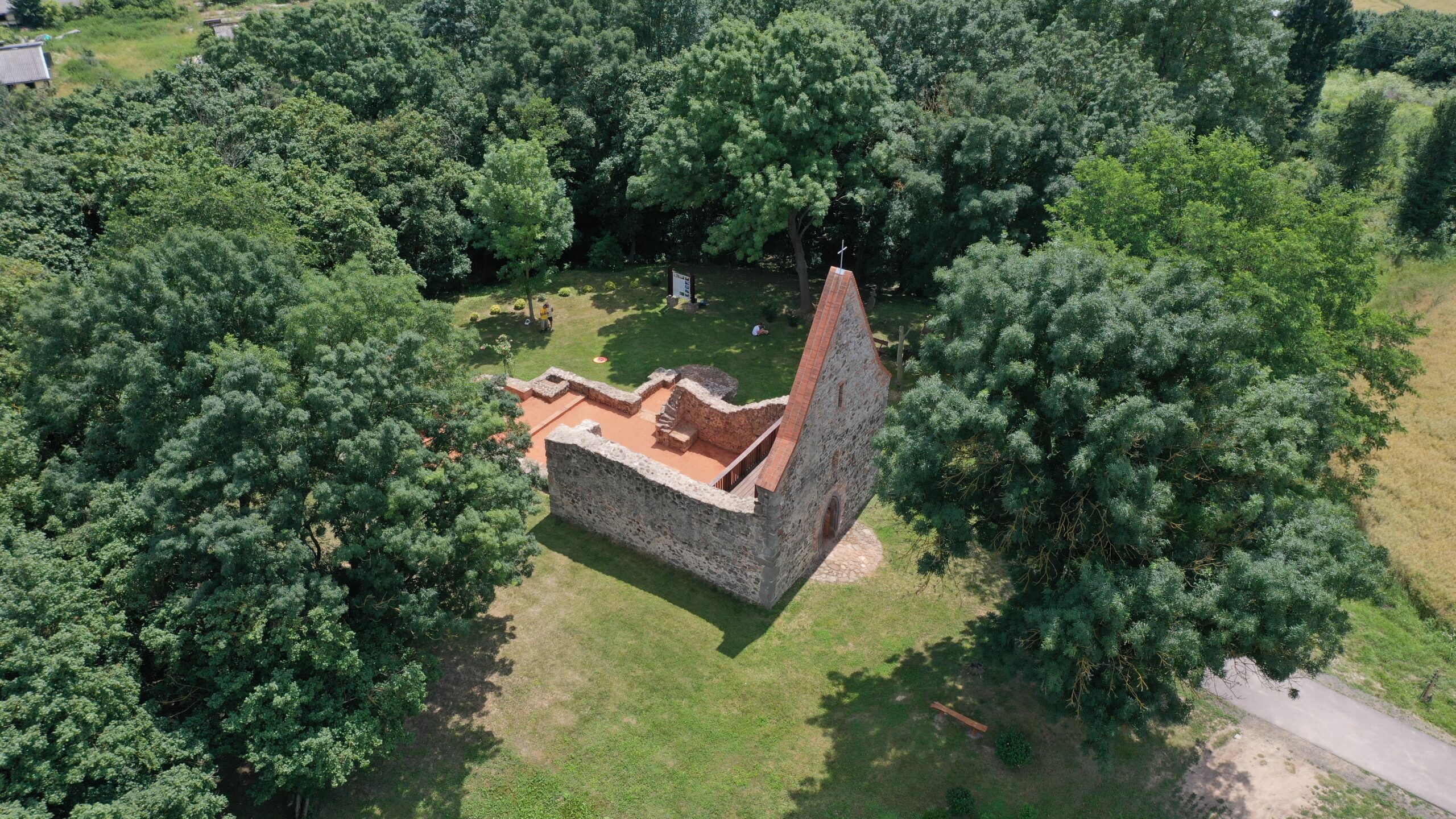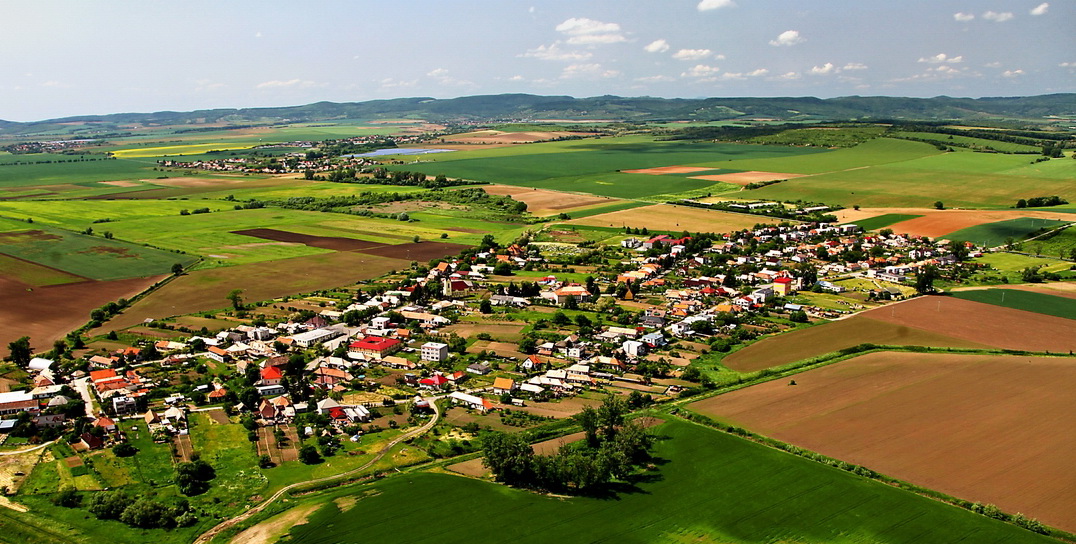NAGYCSALOMJA
A régészeti leletek tanúsága szerint a falu területén a kőkorszak óta éltek emberek. Előkerültek itt a kőkor emberének díszes kerámiái, brozkori leletek éppúgy, mint a kvádok és az avarok településeinek nyomai. A térség római és népvándorlás kori telephely is volt.
Szent István király szolgálatában maradt Hont és Pázmán német keresztes lovagok már 1002-ben megkapták a mai Hont megyét, benne Nagycsalomja területét is. A falu plébániáját már 1070-ben említik és ekkor már biztosan állt temploma, és valószínűleg a falu is. A templomot 1241-ben a tatárok rombolták le. A falut magát 1244-ben említik először „Ighazas-Chalamija” alakban IV.Béla egyik oklevelében. 1332-ben a pápai tizedjegyzék is megemlíti a községet „Solomia” alakban. A 15. században királynéi birtokként Cillei Borbáláé. 1552-től a török az Újvári Szandzsákhoz sorolja be a települést. 1626. szeptember 28-án Bethlen Gábor erdélyi fejedelem a Habsburgok elleni hadjárata során a falu mellett üt tábort. 1608 és 1642 között a község a töröknek adózott. 1642-től a Majtényi és Ráday családok birtoka, majd a 18. század első felében a Teleky családé, később helyi nemeseké. 1715-ben 12 háztartás volt a községben. 1828-ban 128 házában 762 lakos élt. Lakói mezőgazdasággal, szőlőműveléssel foglalkoztak.
Nagycsalomja 1867 és 1904 között szolgabírói járási székhely volt. 1873-ban súlyos kolerajárvány pusztított a községben.
A trianoni békeszerződésig Hont vármegye Ipolynyéki járásához tartozott. A község kataszteri területét, az Ipoly folyó révén a trianoni országhatár kettészeli – Nagycsalomja csehszlovák fennhatóság alá kerül. 1938-ban, az első bécsi döntés után a falu Magyarországhoz került vissza, de a második világháború befejezése után ismét Csehszlovákia részévé vált, a határt pedig az Ipoly folyó alkotja a mai napig.
Nagycsalomja községnek számos látnivalója van, amelyek ma már turisztikai célpontként is szolgálnak.
A falu ősi temploma – a ”Pusztatemplom”- a falutól északra található. Az eredeti templom a 11. – 12. században épült, valószínűleg egy ősi temetkezési helyen. A történelem során sokszor pusztult és helyreállított templom 1868-ig működött. A templom mellett 1947-ben mezőgazdasági munkálatok végzésekor egy középkori, bronzból készült, lovon ülő fegyveres harcost ábrázoló kultikus edény (aquamanile) került elő, mely a Felvidék egyetlen ilyen tárgyú lelete. Ma a Besztercebányai Közép-szlovákiai Múzeumban található, és ez az egyetlen eredeti fém aquamanile, amelyet eddig a mai Szlovákia területén találtak.
2007 és 2014 között régészeti feltárás és helyreállítás zajlott a Pusztatemplomban és környékén. A helyreállítás után Szlovákiában a román szakrális építészet egyik egyedülálló gyöngyszemévé vált. Nemcsak a helyiek, hanem belföldről és külföldről érkező látogatók kedvelt kirándulóhelye. Az elmúlt években számos kultúrális rendezvény, egyházi és polgári esküvő helyszínévé is vált.
A községnek jelenleg két használatban lévő temploma van. 1911-ben épült szecessziós római katolikus templom, melynek védőszentje a Magyarok Nagyasszonya. Figyelemre méltó a templom felújított belső festése. Az eredeti 1932-ből, Ádám Gyula templomfestő mester kiváló munkája. Az evangélikus templom 1934-ben épült, egy cseh építész tervei alapján, huszita építészeti elemeket felhasználva. 
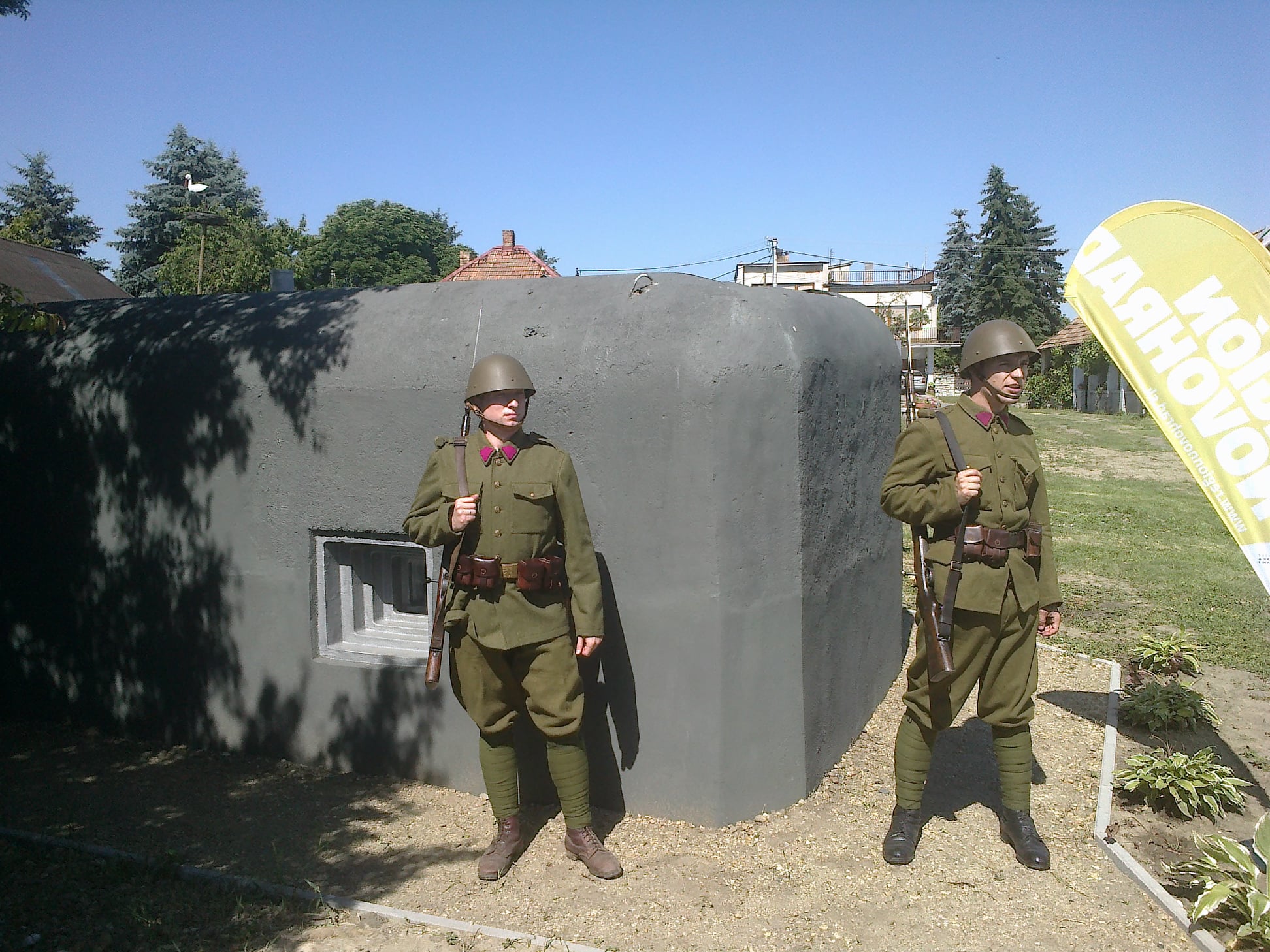
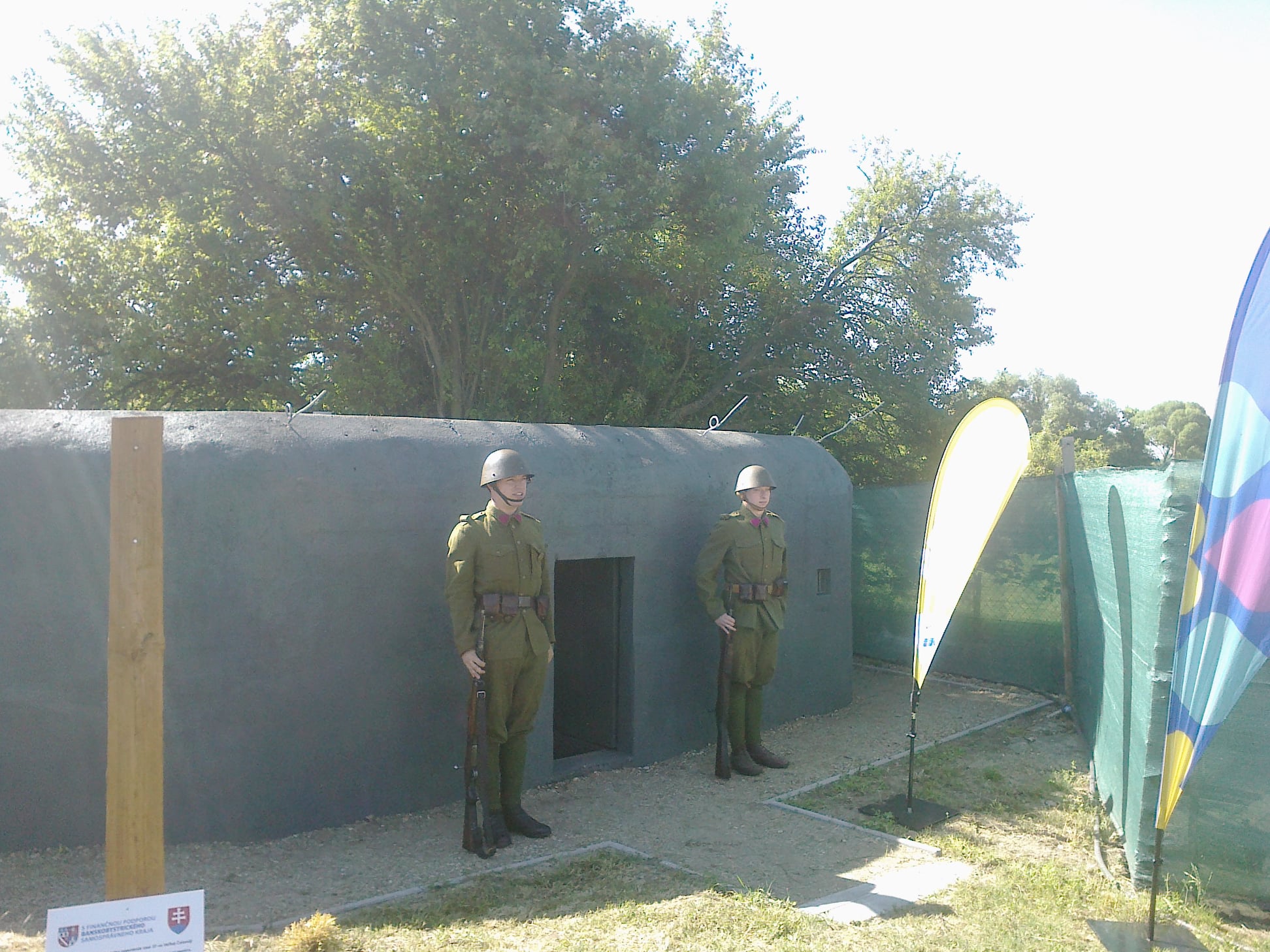
Falunkban szintén található egy 1937-ből, az I. Csehszlovák köztársaság idejéből származó katonai bunker. Ez egy vasbetonból készült kis erőd, amely géppuskaállásként szolgált a határvonalon. Az ilyen típusú erődítmények az akkori Csehszlovákia határ menti területein helyezkedtek el és kb. 10.000 db épült, Nagycsalomja kataszterében pedig hat. 1938-ban az első bécsi döntés után a magyar hadsereg a lakóházak közelsége miatt nem robbantotta fel ezt a bunkert. 2021 tavaszán az objektum felújítására került sor, jelenleg látogatható.
Innen nem messze található a Falumúzeum, amely 2009-ben nyílt meg. Ez egy falusi ház, amely három szobából áll, régi bútorokkal, népviseletekkel, fotókkal, festményekkel és régi használati eszközökkel. Hatoszlopos déli verandája az udvarra néz, ahol egy kis nyári konyha, valamint tégla boltozatos pince, kerekes kút, tavacska, épített kemence és fedett terasz található.
Hatszáz lakosú kis falu vagyunk, népi kultúránkkal és nyelvükkel a Palóc népcsoporthoz tartozunk. A lakosság egy része helyi vállalkozóként mezőgazdasággal vagy ipari tevékenységgel foglalkozik. Mások közelebb, illetve távolabb találtak munkát, de sok fiatal külföldön dolgozik. Sajnos, jelentős az elvándorlás. A szociális létesítményeink közé tartozik az egészségügyi központ, ahol gyermek-, női és körzeti orvos, valamint fogorvos és gyógyszertár is van. Van szlovák tanítási nyelvű óvoda és iskola, amely mellett egy speciális bentlakásos iskola is működik. A faluban nyugdíjas napközi otthon is létesült, az időseknek ebédszállítást biztosítunk. Van 46 bérlakásunk, amelyek a Lakásfejlesztési Alapból épültek. A faluban van posta, élelmiszerboltok, iparcikkbolt, valamint hulladék- gyűjtőudvar.
Községünk fedett színpados és nézőteres amfiteátrummal is rendelkezik, ahol számos kulturális esemény kerül megrendezésre. Aszfaltozott, sportolásra alkalmas mezei utaink vannak. Kerékpár kölcsönzéssel is szolgálunk, az Ipoly folyón csónakázási lehetőség nyílt, kölcsönözhető kajak és kenu az aktív kikapcsolódáshoz.
Községünk jeles szülöttei:
Gáspár Imre (1854-1910) – író, költő, műfordító, a vidéki újságírás megteremtője
Fayl Frigyes (1862-1906) – zeneszerző, zongoraművész, a Magyar Királyi Zeneakadémia tanára
______________________________________________________________________________________________________________________________
ENG:
NAGYCSALOMJA
According to some archeological evidences people have been living in this region since the Stone Age. Colourful ceramic items from the Stone Age and from the Bronze Age, as well as the remains of Quadi and Avar settlements were also found in this region. Furthermore, this region was used as premises in the Roman Period and the Migration Age.
- In 1002, the historic Hont county of Hungary, including Nagycsalomja were given to Hont and Pázmán, two germanic crusaders.
- The village’s vicarage was first mentioned in 1070, which indicates the existence of a church, and probably the village too.
- The church was demolished by the Tartars in 1241.
- The village was first mentioned in 1244 as „Ighazas-Chalamija” in one of Béla the IV th’s
- The name of the village is also mentioned in the canonical notes dating from 1332.
- In the 15th century, the village belonged to Borbála Cillei, as her royal estate.
- Due to the Ottoman occupation of the Hungarian Kingdom, the village was assigned to the so called County of Újvár in 1552.
- On the 28th of September 1626, Gábor Bethlen Transylvanian monarch encamped near our village during a military expedition against the Habsburgs.
- The village payed its taxes to the Ottomans from 1608 until 1642.
- Since 1642 the village belonged to the Majtényi and Ráday families. In the first half of the 18th century, it was in the possession of the Teleky family, later it belonged to local noblemen.
- There had been 12 households all together in our village in 1715.
- In 1828 the population of Nagycsalomija reached 762 people living in 128 houses.
- Its inhabitants were engaged in agriculture as well as viticulture.
- Nagycsalomja was a juridical county town between 1867 an 1904.
- The village was struck by a serious cholera epidemic in 1873.
- Until the Treaty of Trianon, Nagycsalomja belonged to the Hont County of Hungary, to the district of Ipolynyék.
- After signing the Treaty of Tranon, Nagycsalomja came under the authority of Czechoslovakia, dividing the village into two pieces alongside the river Ipoly.
- After signing the first declaration in Vienna in 1938, the village belonged to Hungary, but only for a short period of time. After World War II, it became the part of Czechoslovakia. The river Ipoly remained the boarder until present days.
Nagycsalomja offers numerous sights and has also become a popular tourist destination.
- The most popular sight of our village are the renovated ruins of a beautiful abandoned church, so called „Pusztatemplom”,which is one of the oldest religious buildings in Slovakia.
- The original church was built around the 11th or 12th century probably on the site of an ancient pagan cemetary.
- Throughout the years the church was destroyed and reconstructed several times, and used until 1968.
- In 1947 while doing some agricultural work near the abandoned chuch, a rare piece of bronze vessel – so called aquamanile –was found. It was used in the Middle Ages by priests while performing religious ceremonies. It portrays a warrior sitting on a horse. This piece is the only remaining archeological evindence remaining from the Middle Ages, that was found in Felvidék – so called Upper Hungary region.
- At present, it is displayed in the Museum of Bankská Bystrica, and is proven to be the only metal aquamanile, that was found in Slovakia.
- Between the years of 2007 and 2014, archeological excavations and reconstructions have been performed on and around our Abandoned church.
- After the reconstructions, the church became the most beautiful and unique remaining piece of Roman sanctified architecture in Slovakia.
- It is a popular tourist destination not only for locals, but also for people from other areas of Slovakia as well as for people visiting from other countries.
- The church has become a popular location for numerous cultural programs and wedding ceremonies in the past few years.
The village has two other churches in use.
- The Roman Catholic church was built in 1911, its patron saint is the Magyarok Nagyasszonya, which is loosely transleted as The Great Lady of Hungarians, or Virgin Mary. Its renovated interior is quite remarkable. The original painting from 1932 is the work of Gyula Ádám paintor.
- The evangelical church was built in 1934 according to the design of a Czech architect using bohemian elements.
A rare soldier bunker from the I. Czechoslovak Republic from 1937 is also found in our village.
- This is a fortress built from reinforced concrete, which served as a machine gun station on the boarder.
- There were approximately 10.000 bunkers like this built near the boarders of Czechoslovakia, from which 6 were in the region of Nagycsalomja.
- With the exception of this bunker, the others had to be demolished.
- This one only remained, because it had been built close to the houses.
- It was reconstructed in 2021 and it is opened for the public.
The Village’s Museum was opened in 2009.
- This is a typical rural house, which has three rooms, antique furniture, national costumes, photos, paintings and old articles for personal use.
- Its south facing veranda consists of 6 columns and is overlooking the courtyard. There is a lovely summer kitchenette, brick ceiling cellar, draw well, a small lake, oven and a covered terrace.
We are a village of 600 residents, our culture and language connects us to the Palóc ethnical group. Some residents are still working in the field of agriculture, while others found work in the neighbouring towns, unfortunately, some abroad.
- One of our social institutions is the healthcare centre, where you can find a pediatritician, gynecologist, general practitioner, dentist and a pharmacy.
- We also have a Slovak kindergarten, a special needs school as well as a primary school.
- We provide lunch-delivery for the elderly, and a home for pensioners where they can spend their afternoons.
- The village provides 46 flats for rent, which were financed from the Housing Fund.
- The village has it’s own post office, grocery stores, manufactured goods store, waste-collecting yard.
- Numerous cultural programs are organized in our beautiful amphitheatre which has a roof covered stage and auditorium.
- We also provide many opportunities for those, who would like to spend their free time actively. Bike, kayak and canoe renting is provided. The Ipoly river is a great place for rowing.
Famous people who were born in our village:
- Imre Gáspár (1854-1910) – writer, poet, translator, the creator of rural journalism
- Frigyes Fayl (1862-1906) – composer, pianist, professor of The Royal National Hungarian Academy of Music
Pásztor Roman polgármester
